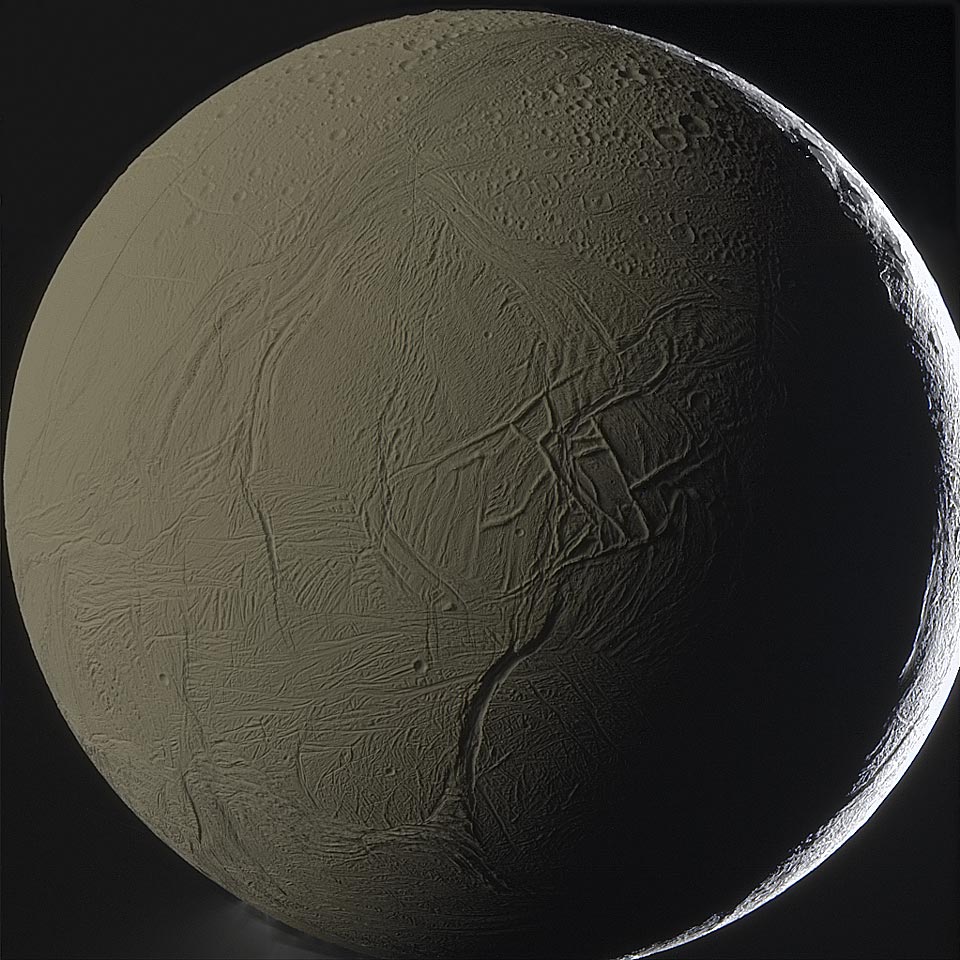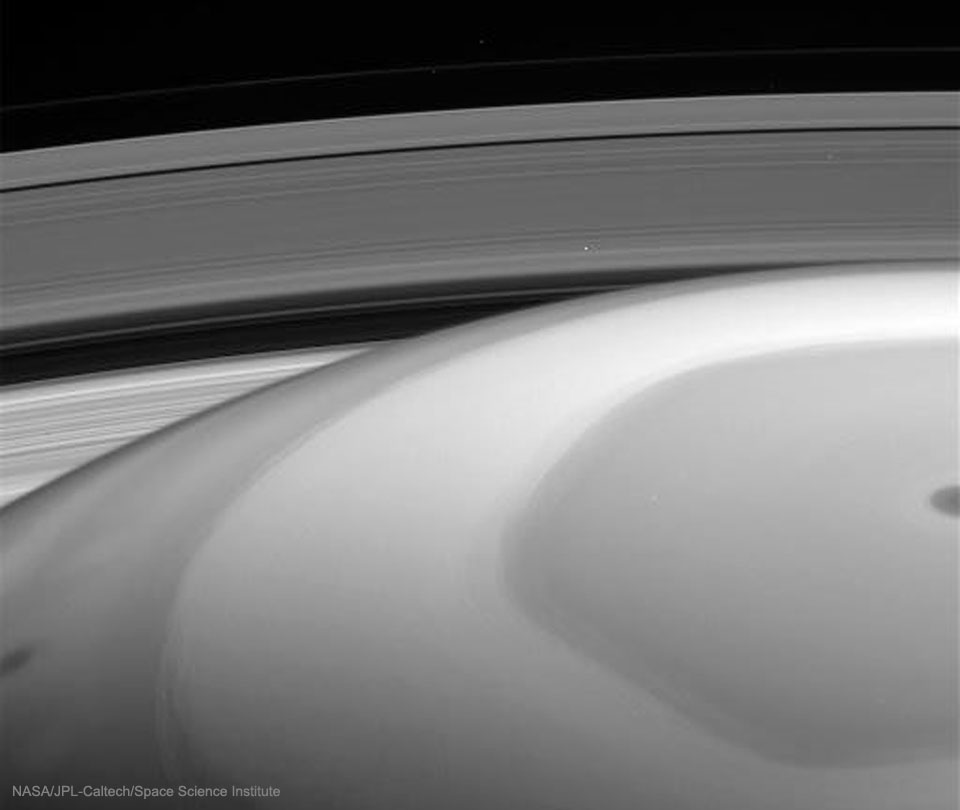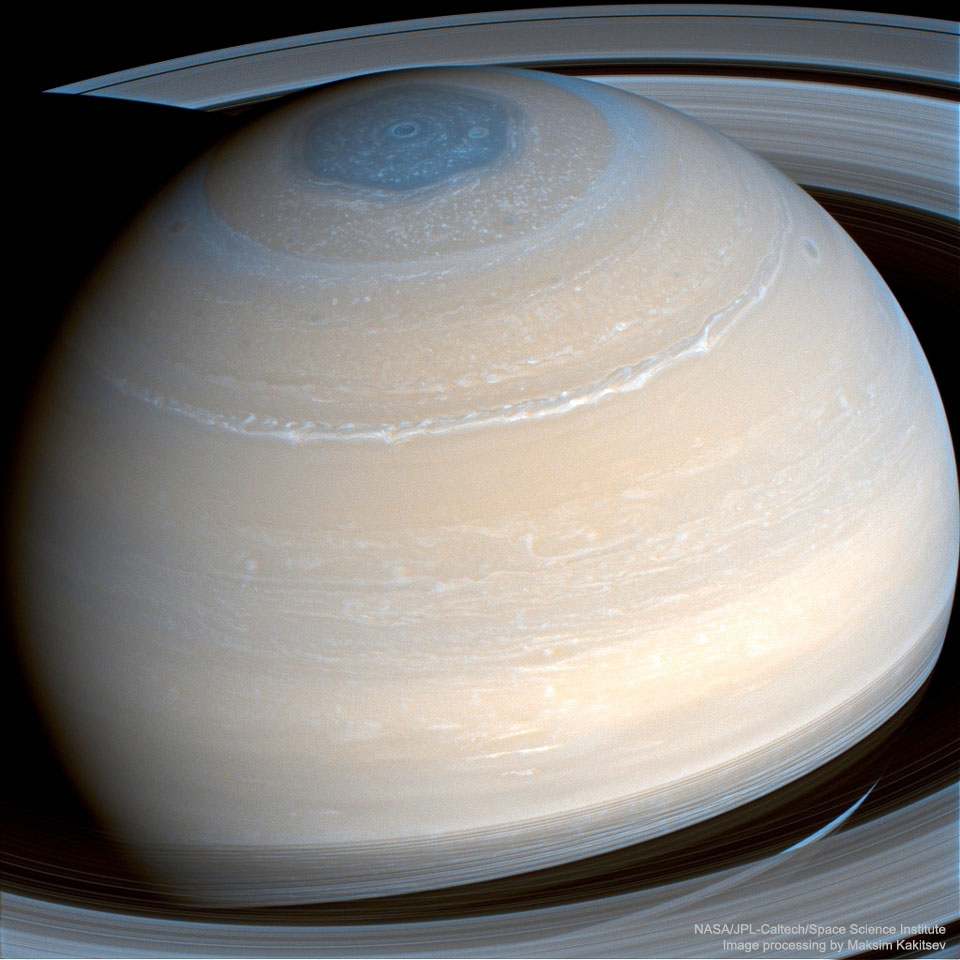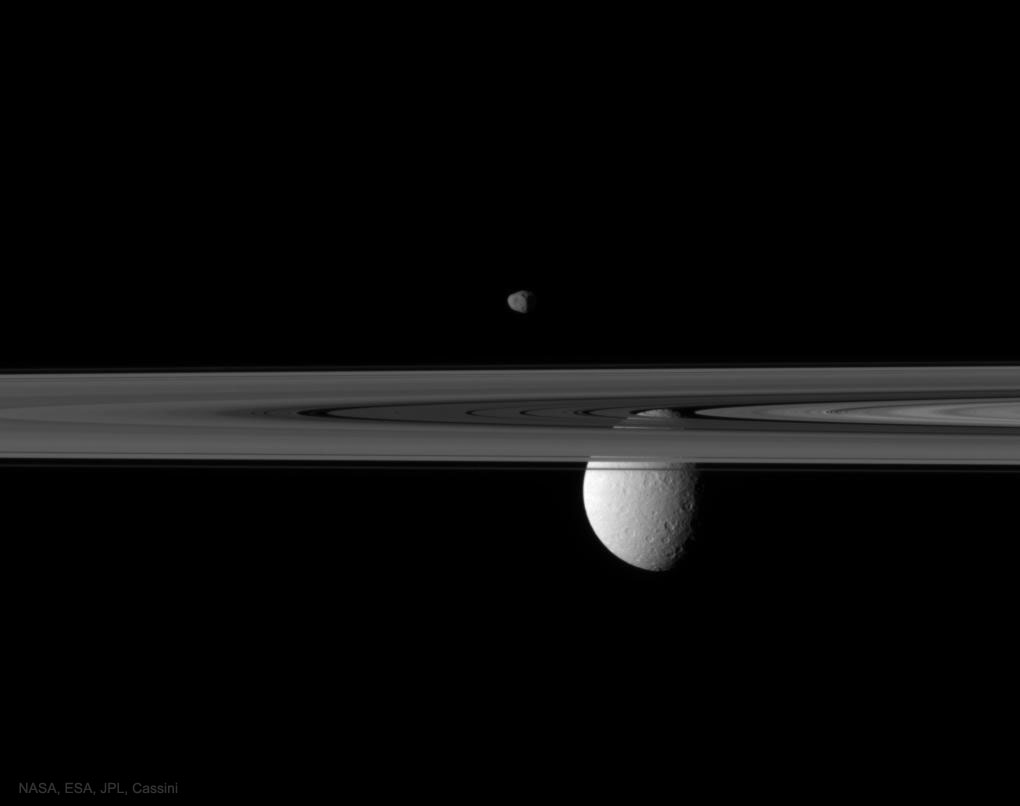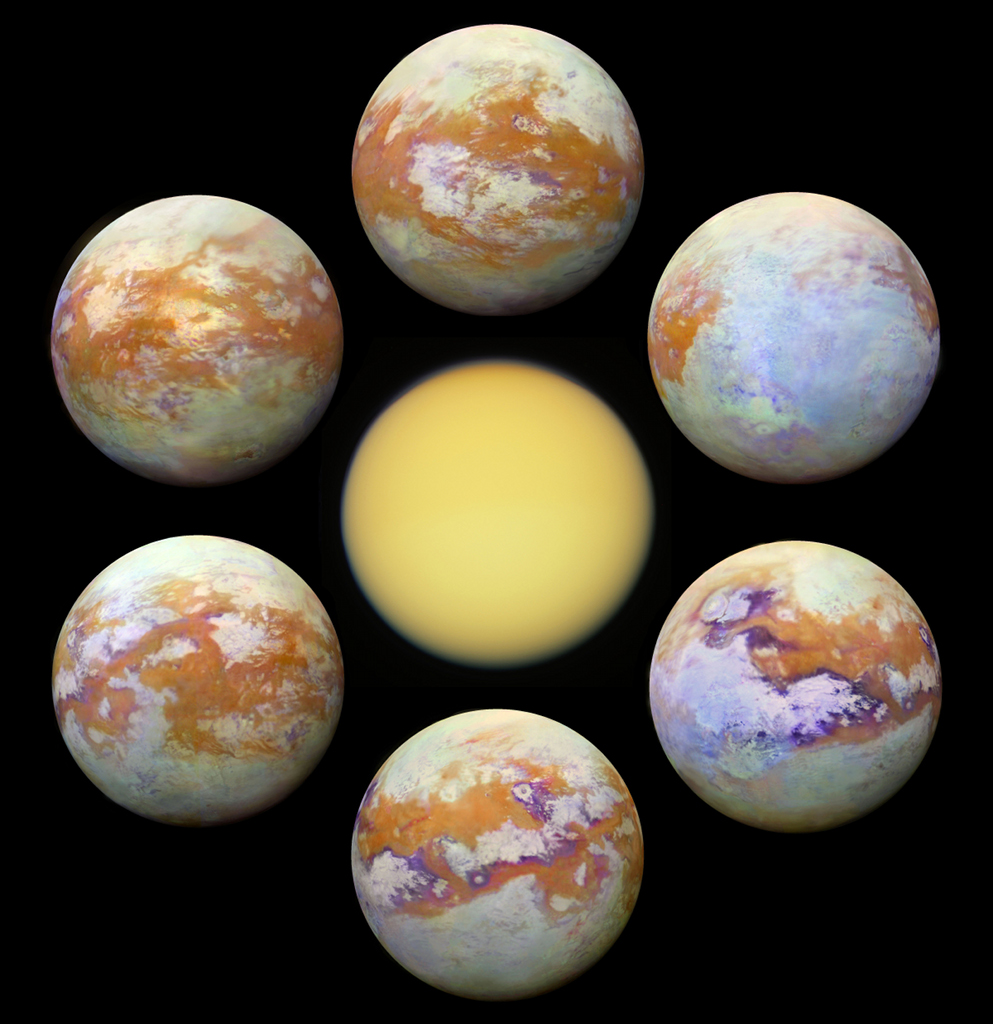被土星反照光照亮的土卫二
2023年2月5日 Enceladus by Saturnshine Image Credit: NASA; ESA, JPL, Cassini Imaging Team, SSI; Color Composite: Gordan Ugarkovic Explanation: This moon is shining by the light of its planet. Specifically, a large portion of Enceladus pictured here is illuminated primarily by sunlight first reflected fr […]

